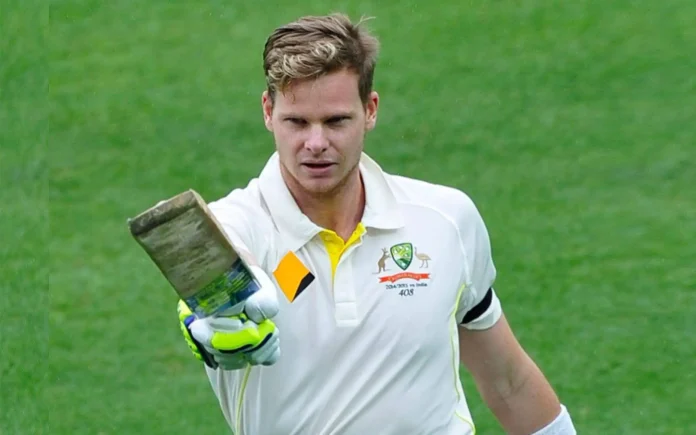Melbourne [Australia], November 17: Australian batting maestro Steve Smith heads into the Border-Gavaskar Trophy, beginning on November 22 in Perth, with an opportunity to reignite his Test career and reassert his dominance in the longest format. As Australia prepares to face India in a five-match Test series, Smith’s performance will be crucial in maintaining the hosts’ ICC World Test Championship (WTC) hopes and their top ranking.
Smith, who has long been regarded as Australia’s finest Test batter since Don Bradman, has seen a dip in form over the past two years. Once a symbol of Bradmanesque consistency, his numbers have declined sharply, adding pressure to his role as the backbone of Australia’s batting lineup.
Smith’s Decline: A Look at the Numbers
From 2014 to 2022, Smith enjoyed an extraordinary prime, scoring 7,573 runs in 75 Tests at an average of 67.02. He struck 27 centuries and 32 fifties during this period and was known for his ability to construct long innings, facing an average of 105 balls per inning.
However, since January 2023, Smith’s form has taken a downturn. In 18 Tests, he has managed 1,142 runs at an average of 39.67, with only three centuries and four fifties. His strike rate has dropped to 47.76, and his ability to anchor innings—once his greatest strength—has faltered, with a significant decline to 70 balls per inning.
In the ongoing ICC WTC cycle (2023-25), Smith has struggled further. In 12 Tests, he has scored 738 runs at an average of 35.14, managing just one century and four fifties. His balls-per-inning average stands at 61.37, highlighting his struggle to settle at the crease.
Challenges and Opportunities
Smith’s brief experiment as an opener following David Warner’s retirement did not pay dividends, as he averaged just 28.50 in four Tests with a high score of 91. However, his return to the No. 4 position—where he has historically thrived—offers a chance for redemption.
In 67 matches at No. 4, Smith has scored 5,966 runs at an average of 61.50, with 19 centuries and 26 fifties. This series offers Smith the ideal stage to rediscover his rhythm, especially given his record against India.
Smith has scored 2,042 runs against India in 19 Tests at an average of 65.87, including nine centuries. At home, his record against India is even better, with 1,082 runs at an average of 83.23 in 16 innings, featuring five centuries.
“The Fighter” Mentality
Writing for The Sydney Morning Herald, Smith admitted the pressure but also expressed his determination to deliver. “The idea of invincibility is gone, but that’s part of being human. What matters now is how I respond. It’s not about proving anyone wrong, but proving to myself that I can still be the best when it matters,” he said.
Smith’s performances tend to improve as a series progresses. He averages 50.68 in the first Test, 59.86 in the second, and peaks at 68.33 in the fifth Test of a series. With the five-Test series structure, Smith has the runway to rebuild his confidence and his place among the world’s elite.
Legacy at Stake
Steve Smith’s journey from being a promising leg-spinner to one of the greatest Test batters is a tale of transformation and grit. However, his recent struggles have cast doubt on whether he can maintain his greatness.
For fans, seeing Smith’s decline is a bitter pill to swallow. Yet, the upcoming series offers the chance for redemption, not just for Smith but for Australia as they seek to reclaim the Border-Gavaskar Trophy.
With a fine record against India and the backing of home conditions, Smith has the perfect stage to reaffirm his legacy. As cricket lovers watch, the question remains: Can Smith rise to the occasion and prove that even a fading star can shine bright?
The first Test begins on November 22 in Perth, followed by matches in Adelaide, Brisbane, Melbourne, and Sydney.



